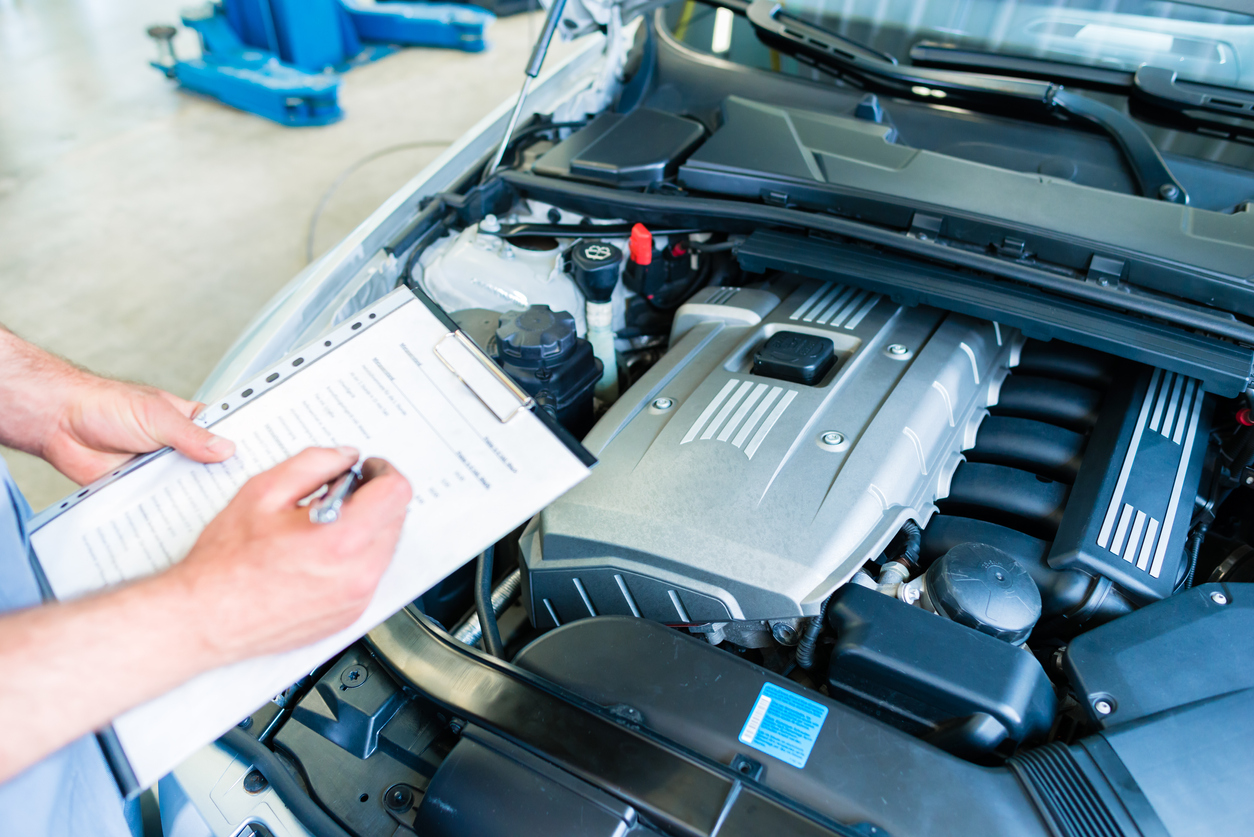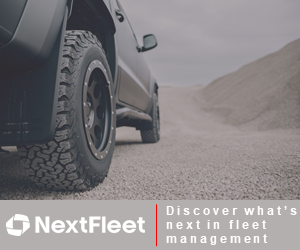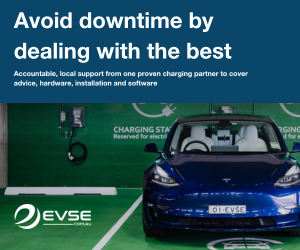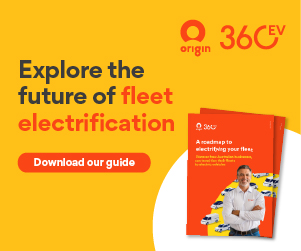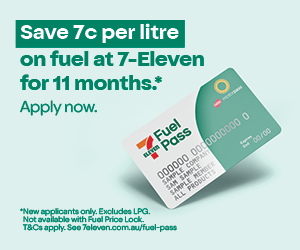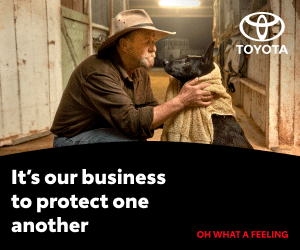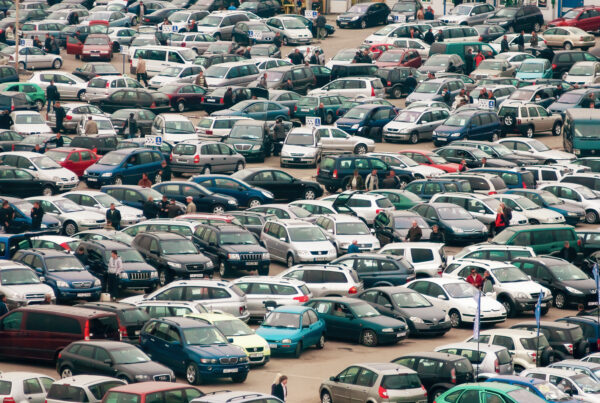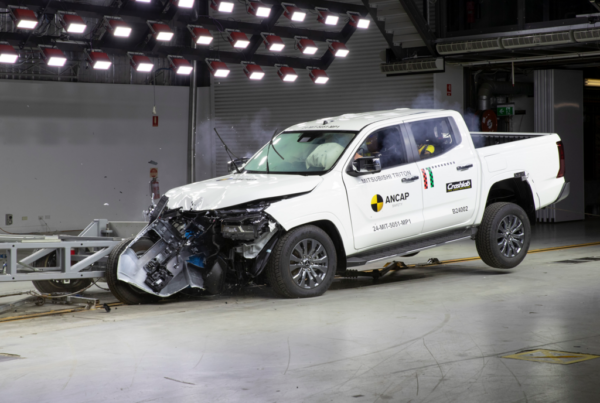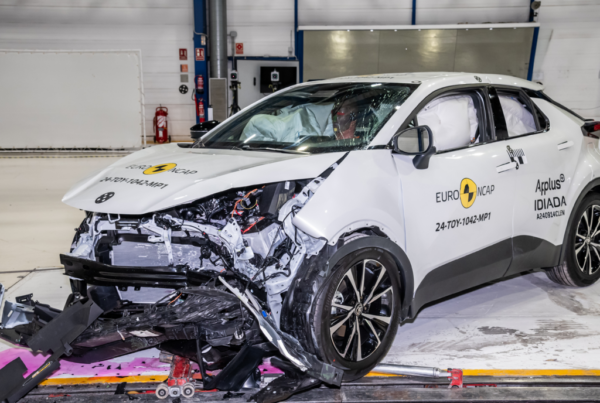Selecting the correct vehicle to meet the transport needs of your organisation is a key hallmark of effective fleet management.
Information must be weighed against several factors before a final recommendation is made – and doing that during the uncertainty of COVID adds yet another layer of complexity.
As fleet professionals we exist to support the missions of our organisation and effective management must make the hard decisions that help us achieve those goals.
Below are 6 quick questions to consider when trying to determine a clear understanding of what your transport needs.
1. What needs do you want from the vehicle?
Drivers have different needs, so to identify vehicle needs in the tool of trade area you need to determine the work characteristics of the vehicle. All possibilities must be covered and all the issues need to be addressed.
2. How can you get this information?
For everyday transport activities, one approach could be to send a questionnaire to each driver requesting that they outline the service characteristics they and the vehicle must perform. Remember the outcome of needs will be different for each category of usage the organisation has. How much detail is required will vary depending on the functions that the vehicle is required to perform.
3. What types of people will drive these vehicles?
Consider who will be getting behind the wheel. It might be top officials, sales personnel, service technicians, so it’s important to think about their vehicle-related job responsibilities in your calculations. Will the same individual drive each vehicle regularly, or will the vehicle be assigned to pool use? If the vehicle is being regularly rotated among your staff have you carefully considered how you will Clean & Sanitise your vehicles during COVID?
4. Have you considered weight and size?
Making sure that you’re aware of the maximum weight of cargo and what equipment and supplies will be carried will have a big effect on the adjustments you make. Consider the maximum space required for cargo and ensure your vehicle will be able to handle the weight.
5. Are there any Federal or State laws or regulations with which you need to comply?
A variety of government levels may require special provision for the transport of oversized loads and hazardous materials. If you are not sure, always check with the road traffic authorities in the region in which you intend to travel – which again can be made even more complex due to closures/restrictions during COVID.
6. What if your needs are not met by any available floor stock from vehicle manufacturers?
Fleets operated by public utilities, the construction industry and others often need unusual vehicles to meet specific needs. In these cases the organisation must secure vehicles that are of custom or semi-custom design. The organisation must ensure that the ‘as built vehicle’ is safe and fit for purpose. Special consideration should be taken when adding weight to a base vehicle, so make sure that such changes are ‘engineered’ by suitably qualified people.
The final word
Fleets exist to support and facilitate the requirements of the organisation, so its paramount that you apply a structured approach to ensure all vehicles remain fit-for-purpose. The next stage is then to narrow down the vehicle makes/models you will consider and then perform a whole of life cost analysis on them before committing to a purchase.
The Australasian Fleet Management Association Whole Cost of Life Calculator remains a complimentary benefit for active members. To use the calculator now, click here or to enquire about AfMA membership contact our office team at [email protected] or via 03 9866 6056.

